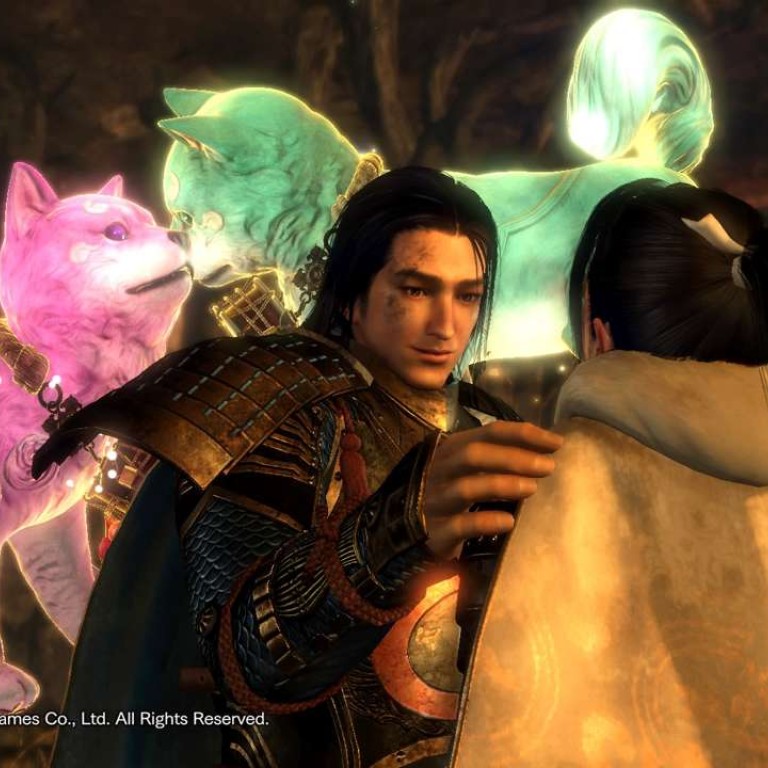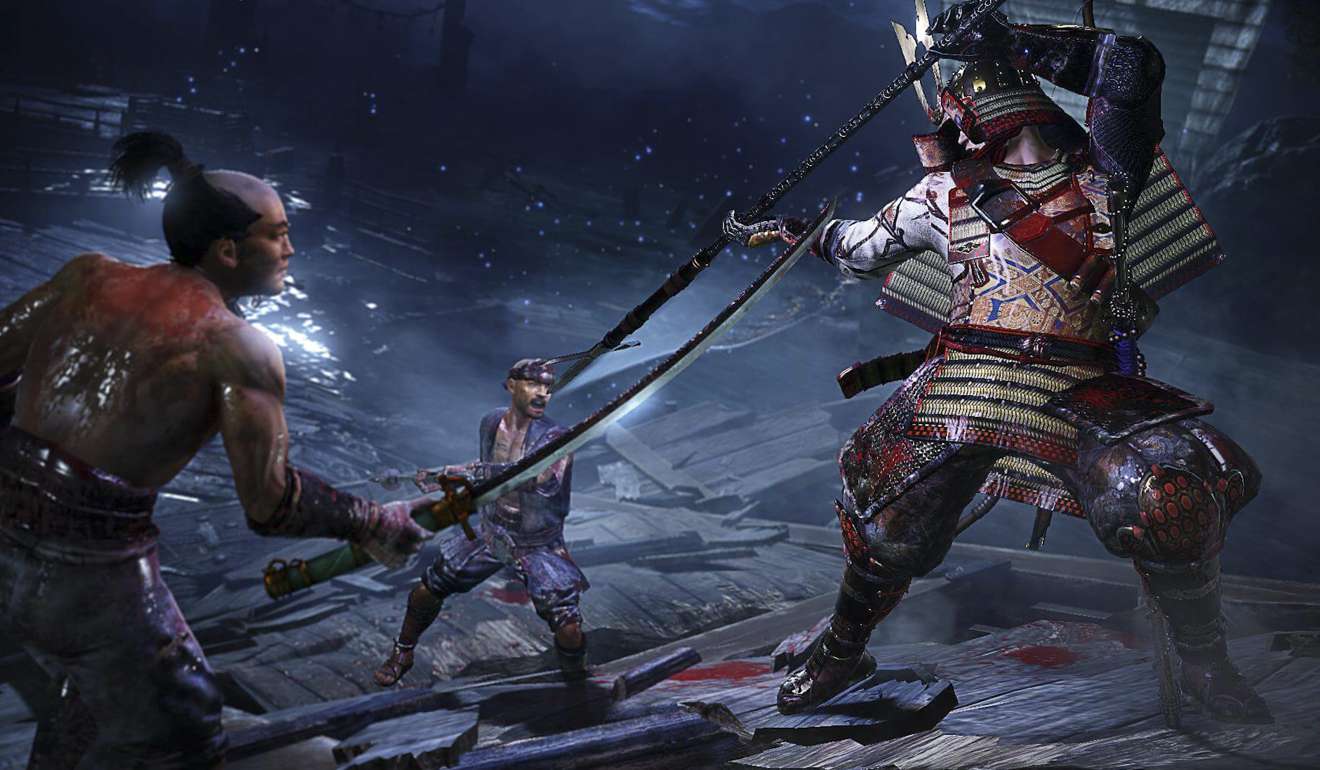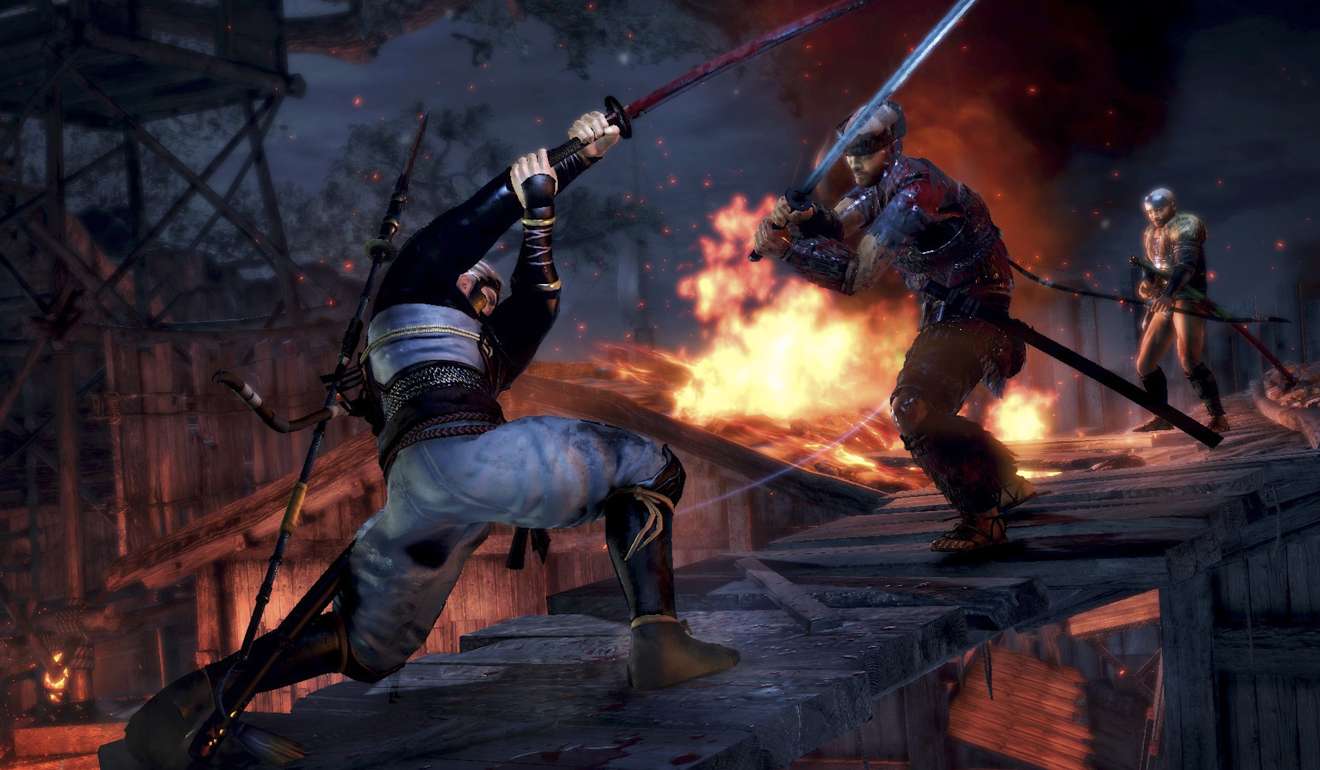
Nioh is a game of complex fighting systems; only the hardcore need apply
A technically demanding battle system, a sparse in-game world and a steep learning curve make this samurai action title only for dyed-in-the-wool combat gamers
Nioh
Team Ninja (Koei Tecmo Games)
2.5/5 stars
In 2010, novelist Nicholson Baker wrote about learning to play games later in life for The New Yorker. “The first thing I learned is that video games – especially the vivid, violent ones – are ridiculously hard to play. They’re humbling. They break you down.”
Baker’s realisation is something I often find lacking behind the smiles I receive when I tell people that I am a professional video game reviewer. “Oh, that must be fun!” is a common refrain that I hear to which I’ll answer, depending on how open I’m feeling, “Sometimes”.
Of course, “fun” is an elastic notion. But if you equate fun with an activity that makes you feel good and relaxed then Nioh, the new samurai action game for the PlayStation 4 may leave you hanging. Similar to the Souls series from which the game liberally plunders, Nioh is designed to make players toil for their entertainment. (One could say that Nioh’s developers engaged in a bit of tit-for-tat insofar as From Software, the maker of the Souls games, lifted heavily from Team Ninja’s Ninja Gaiden series with 2009’s Ninja Blade.)

If the idea of grinding for experience points and scruntinising frame data – e.g. studying enemy attack animations to find micro-opportunities for attack – sounds laborious to you, then you likely fall outside of Nioh’s target demographic.
In fact, as someone who has finished most of the Souls games I found Nioh frustrating much of the time. Although I did come to see how its combo-oriented gameplay differentiated it from the Souls games, its complex fighting system isn’t enough to make me want to slog through all of its vast contents, which could easily take players dozens upon dozens of hours to trek from end to end.
Nioh places a fanciful spin on the life of William Adams (1564-1620) an Englishman who was the first Western samurai. (Several books have been based on Adams’ life, including James Clavell’s bestselling novel Shogun.)
The game opens with William, as he is called, imprisoned in the Tower of London for his knowledge of amrita – a mystical stone used by the Queen of England to defeat imperial Spain. After a guardian spirit helps him to escape, William travels to Japan, which is referred to in the game by the name Marco Polo gave it, Zipangu. Eventually, he falls into service for the Lord Tokugawa Ieyasu who is engaged in a war for control of the land. William is enlisted to fight men and monsters.
Nioh’s combat system may be even more technically demanding than that of the Souls games. Players are encouraged to switch between three different fighting stances: low, medium, and high, which alternate the style of William’s moves – i.e. high stance leads to slower more powerful blows while medium stance offers an all-around balance between offence and defence moves. Careful attention must be paid to the ki – or stamina – meter since running out of energy leaves William in a temporarily immobile state.
On top of all that, the player must master the ki recovery system that allows him – with a correctly timed button press – to regenerate a part of his stamina bar as well as pull off special moves. So in practice, you can adjust your stance to counter the stance of your enemy, unleash a flurry of moves, recover a portion of your energy, and then chain together other moves.

Once you’ve learned the basics of the fighting system, there are numerous upgrades with which to experiment.
Those who have found the last couple of Souls games lacking in their variety of character builds may find that Nioh’s systems are more flexible.
Yet, for all of their similarities, no one would confuse the ornately designed levels of the Souls series with Nioh’s drab environments. Furthermore, whereas the Souls games emphasised ambience and mystery and combat, Nioh’s strength rests solely on its fighting system.
After the Souls games grew in popularity, so flourished an ideology in the gaming world about the intrinsic value of titles that have “tough but rewarding gameplay”.
Nioh obviously wants to claim this mantle. However, lacking as it does the trappings of an interesting in-game world, I found wrestling with its steep learning curve to be little more than drudgery.

